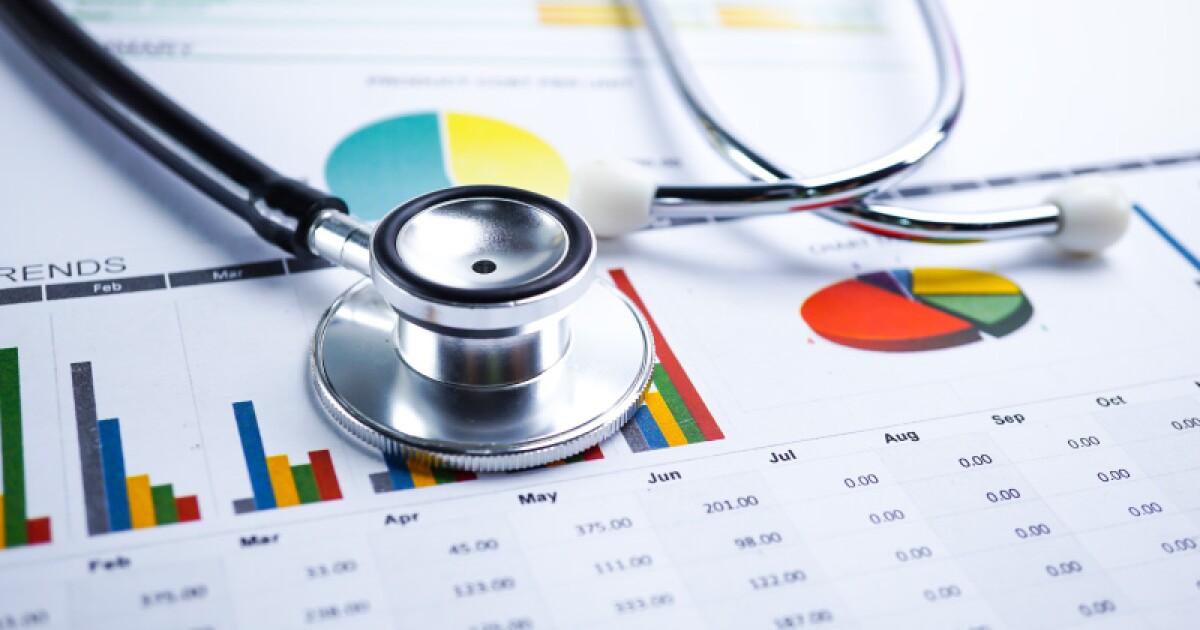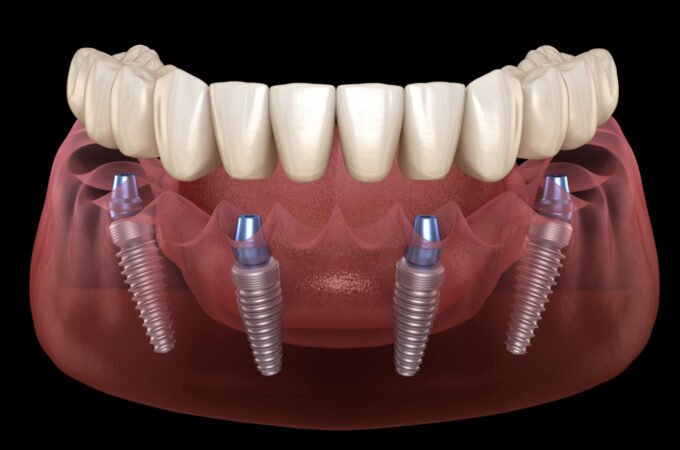
Data analysis in healthcare
Analyzing raw information for trends, findings, and improvement opportunities is the process of data analytics. Data analysis in healthcare employs both recent and old data to produce macro and micro insights to help business and patient decision-making. Improved patient care, quicker and more accurate diagnoses, preventive measures, more individualized treatment, and better decision-making are all made possible by the application of health data analytics.
The healthcare sector is going through a lot of transformations. The speed of these changes is projected to quicken as the healthcare sector experiences numerous revolutionary shifts, such as the adoption of new electronic health record systems and procedures. Older methods of care are being quickly replaced, and to benefit from emerging, possibly game-changing trends in technology and analytics, healthcare companies will need more efficient clinical data management.
For the majority of healthcare organizations, streamlining the gathering and organization of healthcare data is a good starting point. To maximize the value of big data in healthcare, however, organizations will need tools that can find the most relevant data within a massive collection of data. Data analysis in healthcare assists healthcare organizations to identify possibilities to provide more quality, productivity, and better care at a lower cost by using healthcare data analytics to unearth key insights in their data.
We should first comprehend the data that is being gathered and processed in order to talk about data analysis in healthcare and the part it plays in it. In addition to gathering, storing, and analyzing a vast amount of health data, processes and procedures for the business side of healthcare are also being documented. Any information about a patient’s or population’s health is considered to be health information. This data is acquired from various health information systems and other technical tools used by government agencies, insurance providers, and healthcare professionals.
Due to the data analysis in healthcare, we can see a complete picture of every patient as well as trends related to place, social and economic status, race, and propensity. It is important to divide the information being gathered into several datasets for further analysis. Health data is gathered through multiple channels with the help of a range of techniques and systems. We can get all the data we want, but if we don’t know what to do with it, it won’t be of any use. In order to effectively gather, store, and analyze data, we need a centralized, organized method.
In recent years, the process of gathering data in healthcare settings has been streamlined. In addition to assisting in bettering daily operations and patient care, the data may now be used more effectively in predictive modelling. With the help of data analysis in healthcare, we can utilize both datasets to track trends and make forecasts rather than just focusing on historical or present data. We can now take preventative action and monitor the results.
Data analytics can assist healthcare professionals in estimating the probability of infection, worsening, and readmission if hospitalization is necessary. The results of patient treatment can also be enhanced while expenditures are reduced.

There is a variety of data analysis healthcare types as the same data analysis cannot be used for all questions in order to provide a precise response. We can address to many of the queries posed in healthcare settings by using various forms of big data analytics. In order to make comparisons or find trends, descriptive analytics involves historical data. The ideal use for this kind of analysis is to provide answers to queries concerning the past. Descriptive analytics can help us understand the past. Future predictions are made using past and present data in predictive analytics. The models developed using this kind of analytics are most effective at providing answers to hypothetical future queries. Predictive analytics can help us anticipate the future. Furthermore, prescriptive analytics will forecast potential consequences. With this kind of analytics, machine learning plays a significant role. The data offered can be used to choose the best course of action. With the use of prescriptive analytics, we may learn what procedures should be implemented to achieve the best results.
Data analysis in healthcare may provide effective solutions in this area. If used productively, health care data management could result in better treatment. Centralized datasets provide quick access to crucial data whenever and wherever it is required. Big data analytics increase productivity across the board. Improved data result in improved care. The process of using past and present data to make predictions about the future is known as predictive modelling. Models can find patterns and forecast results using data mining, machine learning, and statistics. Predictive models created using the health data being gathered offer both global and microlevel solutions.
Data analysis in healthcare may prevent potential dangers by using predictive analytics. We can forecast treatment outcomes, possible hazards for chronic illness, and even the likelihood of self-harm by studying behavioral data. The health information gathered can be used for a variety of purposes at the patient level, including risk assessment, readmission prevention and prediction, infection and deterioration prediction, and much more.
The cost of healthcare is high. And the overall cost of those expenses just keeps rising. But value-based care is starting to replace service charge payment structures. Health care organizations and professionals can obtain thorough models for reducing costs and patient risk through the application of predictive and prescriptive analytics. Data analysis in healthcare can eliminate scheduled nonattenders, control supply chain costs, avoid equipment breakdowns, and limit corruption in addition to the patient-centered advantages already discussed.
Specialists responsible for data analysis in healthcare use expertise in data collecting, management, analysis, and interpretation to take the information being gathered and turn it into insights that may be put to use. Big data’s role in healthcare and the industry’s growing desire for improvement have increased the demand for qualified health data analysts. Depending on their position and preferred industry, health data analysts do a variety of roles. A health data analyst must be able to deal with, design, and analyze health information technology and other health information systems regardless of the industry. They could also be anticipated to assemble or mine data, look at recent and historical data, analyze uncooked data and create forecasting models & automatic reporting.




